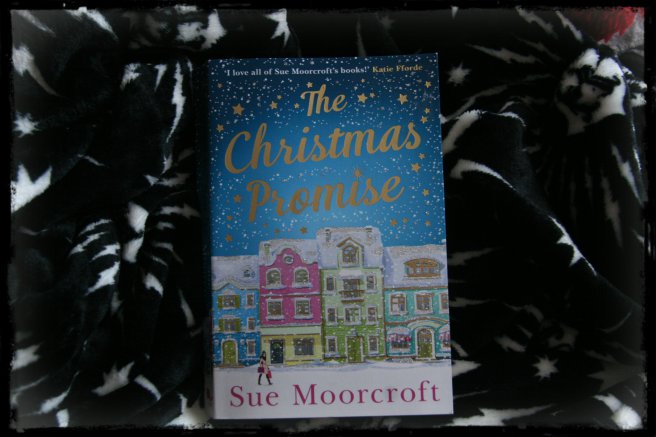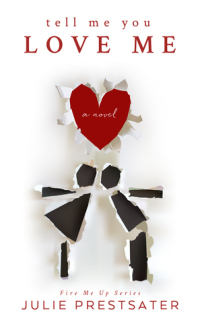 Author: John Green
Author: John Green
ISBN: 9780525475064
Publisher: Dutton Books
Copyright date: March 3, 2005
Readers Annotation: Miles Halter leaves home for boarding school to find adventure. He finds adventure, but he also finds friendship, reckless behavior and loss.
Plot Summary:
John Green’s first novel focuses on Miles Halter, a teenager who is experiencing independence for the first time while attending a boarding preparatory school. While he is there he is introduced to a variety of interesting characters, but one girl, Alaska Young, leaves the biggest impression. Miles can’t help but feel drawn to her troubled but fascinating beauty. He falls for her, but she resists any talk of relationship. The crew bonds through drinking and pranking. The alcohol effects Alaska in different ways, but it becomes clear to Miles that she is emotionally unstable. Despite her instability, Miles is devoted to her. He helps her leave campus even though she is drunk and she dies instantly in a car accident. Miles and his friends blame themselves, until they find out that Alaska may have been planning to crash the car to commit suicide. Miles eventually realizes that the Alaska that he has built in his head does not reconcile with the girl that actually lived and died.
Critical Evaluation:
As with most of his books, Green has a way of creating characters that are deeply flawed but honest. Miles builds up Alaska to be a perfect person and excuses her issues. Alaska of course, saw her mother die and turns towards alcohol, drugs, and reckless behavior. It is easy to root for these characters even though they are their own worst enemies.
There is a controversial scene where Miles receives a blow job. It is particularly graphic, but it is used to show a sense of discomfort about the situation that the character is feeling. It sets the tone of the relationships in the book. In a video Green posted he says his goal was to make the sex scene as impersonal, uncomfortable, and awkward as possible. This was so that he could contrast it with the next scene where the main character is fully clothed with a girl, but feels much more emotionally attached to her based on the relationship they have formed. This shows Green’s ability to depict the perspective of the character of Miles. To see Green’s entire reaction to being called a pornographer, watch the video below.
The plot was in a sense, minimalist. There are pranks, and small events of significance but what it really revolves around is Alaska and her downfall. The book is more about interactions and reactions of characters than the actual series of events. You can see this in the mood change. This change is seen in the characters before the accident and after. Before, they are joking and happy, while after the jokes decrease and alcohol is used as an escape rather than for fun.
Overall, Looking for Alaska has no glaring literary flaws. At times it feels like it’s dragging, but he artfully constructs his books. The setting was appropriate for the events and the language is well written. The characters are reflective of real people dealing with real issues.
Author Information:
John Green is the #1 New York Times bestselling author of Looking for Alaska, An Abundance of Katherines, Paper Towns, and The Fault in Our Stars. He is also the coauthor, with David Levithan, of Will Grayson, Will Grayson. He was the 2006 recipient of the Michael L. Printz Award, a 2009 Edgar Award winner, and has twice been a finalist for the Los Angeles Times Book Prize. Green’s books have been published in more than 55 languages and over 24 million copies are in print. John is also an active Twitter user with more than 5 million followers.
His books Paper Towns and The Fault in Our Stars have both been turned into movies. Green is also a popular YouTube Vlogger. He and his brother Hank would only communicate to each other through videos that the posted. They used their platform to empower “nerdfighters” to fight for intellectualism and to decrease the overall worldwide level of suck.
-Adapted from John Greens author website found here.
Genre: Realistic Fiction
Curriculum Ties: Coming of Age
Book Talk Ideas
Reading Level/Interest Age: Ages 15+
Challenge issues: Language, teen sexuality, alcohol and drug use as well as darker themes such as suicide.
Defense:
- You should immediately turn on your listening skills to make the patron feel respected. Make sure that you let them know that you appreciate their involvement in their teens life and that you care about what they are saying.
- Make sure you are familiar with the book. You should have a basic understanding of the materials in your library, but make sure to have read whatever is being challenged to best understand the patron concerns.
- Know and have access to the libraries selection policy. This describes how book choices were made in the first place. The questionable material should be measured up to these points.
- Have on file access to the books reviews, awards, and critical receptions. This should show how the book connects to the previously mentioned selection policy. Reviews should be from acclaimed sources such as Library School Journal, VOYA, Booklist, and Kirkus to name a few.
- Also have on hand copies of the ALA’s Library Bill of Rights and be able to show how the questionable book fits into the beliefs of providing access in libraries.
- The ALA freedom to read statement is also a good document to have on hand to show the American libraries view on creating a diverse collection, the meaning of censorship and assisting all individuals in finding what they wish to read.
- As a last resort, have a reconsideration form ready if the patron wishes to fill it out. Make sure that you and the patron both understand the process. Many times, libraries will leave the questioned book on the shelf until the board or deciding body goes through the review process. Understanding and explaining these key concepts help from creating any more issues.
- Overall, remain calm and LISTEN. As a trained librarian your instinct may be to immediately jump into a defense of the book, but sometimes the best response is to be a proper sounding board for your patron. Listening to there concerns is sometimes best solution to the problem at hand.
Why did you pick this for your collection?
I have a soft spot for Green’s books because they did speak to me as a teenager. I recently posted on Facebook a general statement something like, “Hey everyone- I’m taking a class on young adult materials- what are some of your favorite books for teens?” One of my friend posted back, “Looking for Alaska stuck with me.” This book does that, it hangs on you even after you’re done reading it. While not for everyone, it hits some hard issues that adults don’t always feel comfortable talking to teens about. For that reason alone, I think this is an important add to a collection. It also received the Michael L. Printz Award and Greens writing appeals to teens.
Share this:




